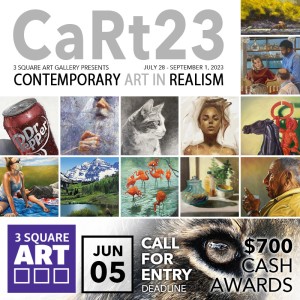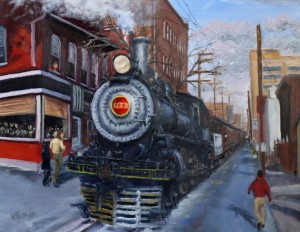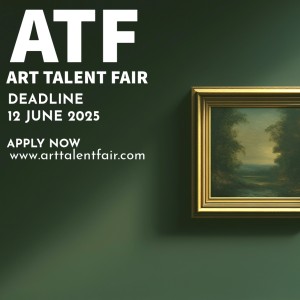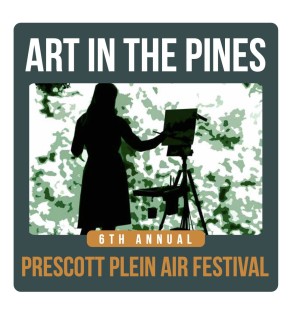
In the 1950s, the dominant artistic movement was Abstract Expressionism, an anti-literal and anti-figuration movement that emphasized a burst of emotion, shape, and color on canvas as a visual metaphor for an artist's inner emotional state in regard to subject, circumstance or matter. Never formally organized as a group or a movement, the Contemporary Realists were a close network of friendships and artistic associations surrounding the New York School, an informal group of American poets, painters, dancers, and musicians. This included Philip Pearlstein, Neil Welliver, William Bailey, Leland Bell, and Louisa Matthiasdottir, A number of Contemporary Realists, like Jack Beal, Nell Blaine, and Jane Freilicher began as noted Second Generation Abstract Expressionists, but by the mid-1950s were creating realist works. They began painting more traditional subjects like landscape, portraiture, domestic interiors, and still life, though with a contemporary awareness and technique influenced by various movements including the New York School's emphasis on capturing the everyday moment, and the color palette and line styles of their 19th-century artistic forefathers Pierre Bonnard and Edouard Vuillard. Since the 1970s the term Contemporary Realism has been used generally for artists who practice realistic art with contemporary techniques. In a sense it established a foundation for artists who painted realistically to be viewed as contemporary and innovative. (See Prospectus for more)








